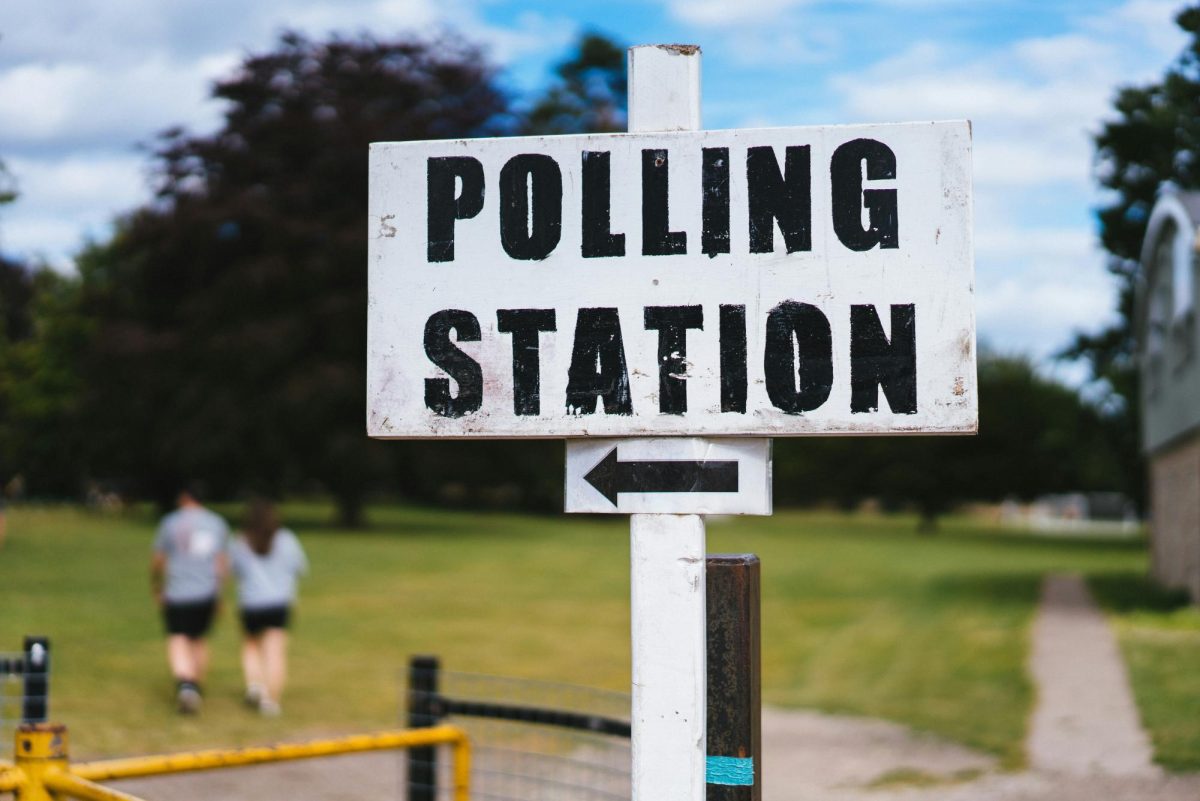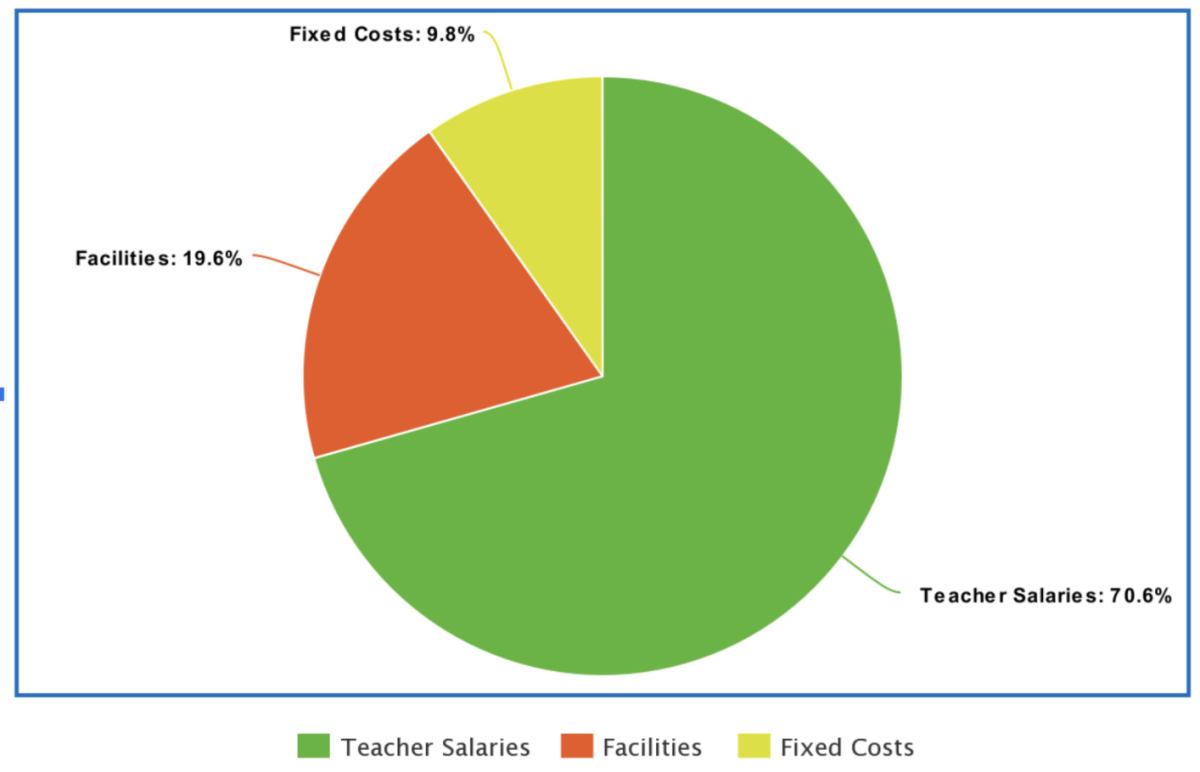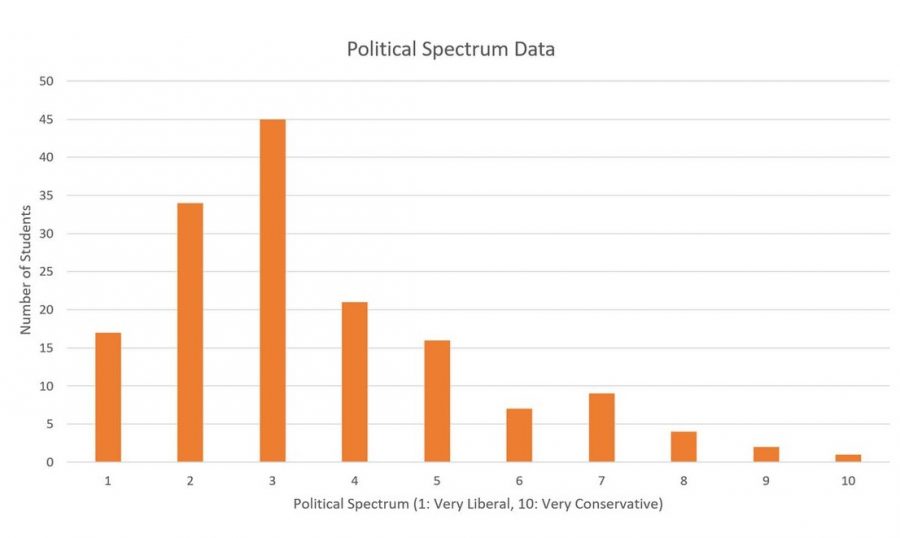With one week until voters head to the polls, it’s time for an election update.
In the past month, the presidential race has tightened, with Harris and Trump in a dead heat in most key swing states, according to recent New York Times polling in Wisconsin, Nevada, Georgia, North Carolina, Michigan, Pennsylvania, and Arizona.
Each candidate needs 270 electoral votes to win the election. According to the Associated Press, Harris’s current path to victory is to win over the Blue Wall or “Rust Belt,” which includes the Northern States of Pennsylvania, Wisconsin, and Michigan. These are the states where the Democrats have historically done the best.
Trump, on the other hand, has taken a significant lead in Arizona and looks like the favorite to win Georgia as well according to the Times polls cited earlier (Biden won both those states in 2020).
And then there’s North Carolina. North Carolina is one of the most complicated states in the country. The race there has gone from leaning toward Trump to a toss-up, after CNN uncovered scandals about the Republican nominee for governor. This has made North Carolina a wild card state. It voted for Obama in 2008 and 2012, then for Trump in 2016 and 2020.
Why is the race so close? The answer is Black and Hispanic voters, says “The Tilt” newsletter from the New York Times. Historically, Black and Hispanic voters have voted overwhelmingly for the Democratic Party. But recently, the Republican Party has made a strong appeal to both Hispanic and Black male voters.
Another interesting trend and something to watch as we get closer to election day is gender. Women and men are incredibly divided over this election, explains journalist Nate Cohn in “The Tilt.” Harris champions abortion, which has led her to poll incredibly well among women throughout the country. On the other hand, Trump and the Republican party poll incredibly well among men of all races, according to Cohn’s recent polling.
This correlates to broader trends as well. Women are more likely to be college-educated than men, explains Forbes, and educated voters overwhelmingly vote Democrat, according to CNN. This shows that our country’s voters are divided by basic human aspects like gender. Which means, if Harris can bring more men to support her, she will probably win.
Who will win the election? As of now, there is no favorite. While Harris is slightly ahead in polling averages nationally according to Times polling, and in the Blue Wall states (Pennsylvania, Wisconsin, and Michigan), these are within the margin of error in polls by The Economist, the Times, and pollster Nate Silver’s Silver Bulletin.
In 2022, according to Times journalist Ruth Igielnik, polls overestimated Republican support in Senate Elections. If that’s happening again now, Harris will likely win. But if the polls now are more similar to 2020, when Igelnik explains “In 2020, the polls underestimated Trump,” then Harris will likely lose.
The path for both candidates intersects in Pennsylvania. In essence, Trump’s path is the South, and Harris’ is the North. With wins in Arizona, North Carolina, and Georgia for Trump, he would need to win Pennsylvania to secure 270 electoral votes. For Harris, wins in Wisconsin and Michigan would mean she needs Pennsylvania to win 270.
The question is, who will win Pennsylvania? While Harris is currently up by less than 1% in the polls according to Times polling averages, only time will tell.
In the meantime, think about how you could impact this election. Do a virtual phone bank in Pennsylvania, or drive up and canvass. With one of the most polarized electorates we’ve seen, this election is uncharted territory. With stark divisions over gender, education, and a race that will be won on razor-thin margins, this election promises to be a nail-biter for the ages.




![A Phone Ban at Friends? [Podcast]](https://thequakerquill.org/wp-content/uploads/2025/05/magenta-VrRT19_ZjUY-unsplash-1200x900.jpg)








![How Freestyle Club Began [Podcast]](https://thequakerquill.org/wp-content/uploads/2025/05/charly-alvarez-Jv9untmB7G4-unsplash-1200x800.jpg)





























